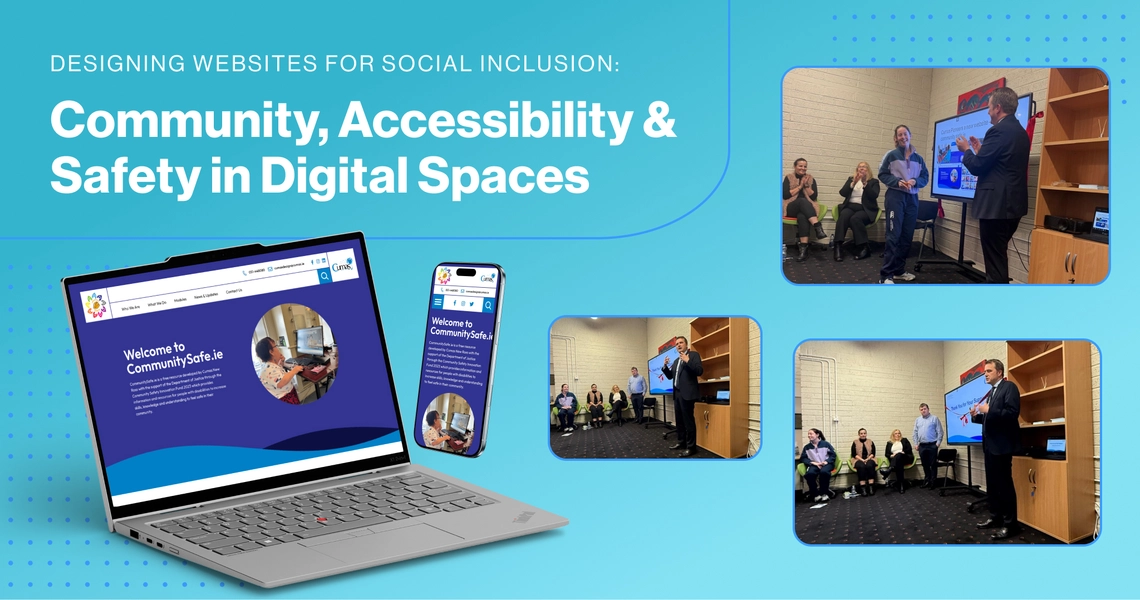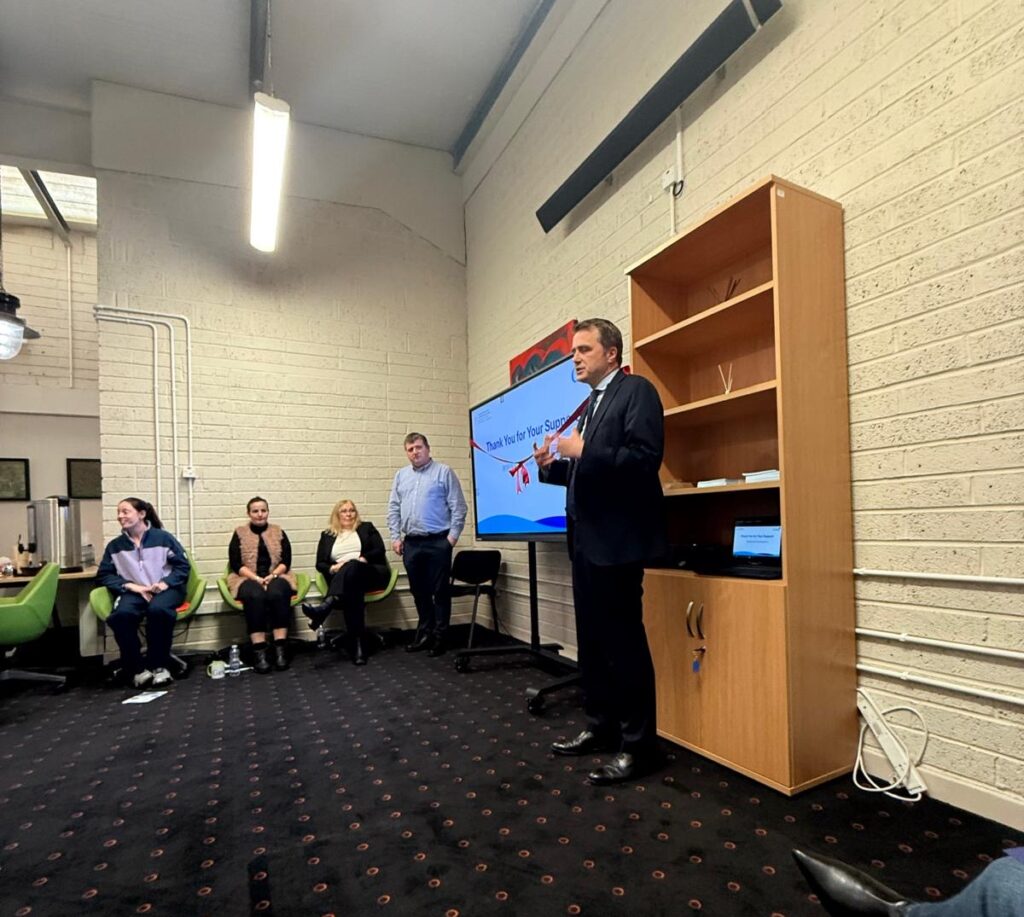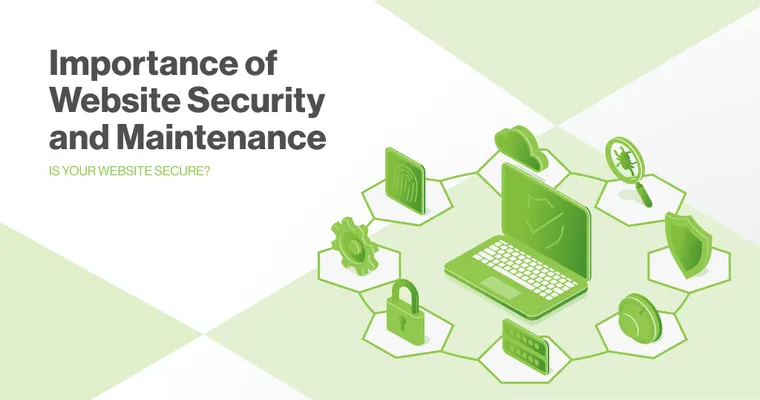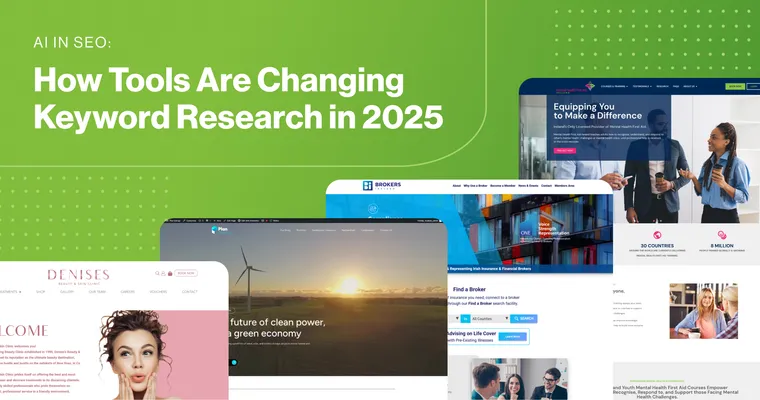In an increasingly digital world, websites can – and should – be more than marketing tools. They are gateways to inclusion, empowerment, and community. At 2Cubed, one of our guiding philosophies is that web design isn’t just about aesthetics or conversion funnels – it’s about making the online world safer, fairer, and more accessible for everyone.
In this post, we’ll explore the intersection of website social inclusion, accessibility, community safety, and the role of community-minded organisations like Cumas in creating digital spaces that uplift all users.
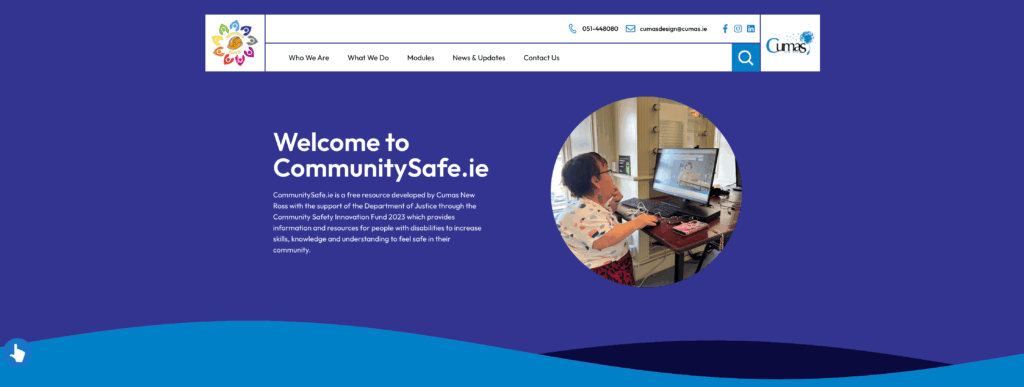
The CommunitySafe website banner highlights accessibility, inclusivity, and a safe digital space for all users.
Why “Inclusive Web Design” Matters
Access is a human right
For many people with disabilities – visual impairment, hearing loss, cognitive or motor challenges – standard websites can be barriers, not bridges. By designing with accessibility in mind, we ensure that everyone has equitable access to information, services, and opportunity.
Community cohesion & trust
When a website amplifies voices from diverse communities, provides resources, and encourages engagement, it becomes a focal point for connection, learning, and social support. It builds trust with users who might otherwise feel excluded.
Legal, ethical, and reputational imperatives
In many jurisdictions, there are legal accessibility standards (e.g. WCAG) that sites must meet (or risk potential legal exposure). Beyond that, brands and organisations with inclusive design mindsets gain goodwill, loyalty, and a more positive reputation.
Better UX for all
Many accessibility practices (clear structure, readable typography, consistent navigation) actually improve usability for everyone – not just those with impairments. A more inclusive website tends to be a better website overall.
The Role of Community Projects & Organisations (e.g. Cumas / Community Safe)
Community-based organisations have unique needs and responsibilities. They often:
- Provide support or services to vulnerable or underrepresented groups.
- Act as hubs of local knowledge, trust, and safety.
- Offer training, resources, and outreach.
Websites for such organisations must hold up to higher standards: they must be reliable, understandable, secure, and welcoming.
One example: CommunitySafe, a project by Cumas New Ross, is a free, accessible online resource intended to help people with disabilities build skills, confidence, and knowledge to feel safe and included in their communities.
Here’s how we approached that project:
- Accessibility as a foundational requirement
Rather than an afterthought, accessibility was baked into every step: semantic HTML headings, keyboard navigability, alt text for media, high contrast ratios, screen reader support, and more.
- Clear, calm, supportive user experience
We opted for simplicity in layout, spacing, and navigation to reduce cognitive load and make the content accessible to users with varying levels of digital literacy.
- Search Engine Optimisation (SEO) with empathy
To make sure people who need CommunitySafe find it, we combined accessibility with strong on-page SEO: meaningful page titles and descriptions, descriptive alt text, clean URLs, and internal linking.
- Responsive & flexible CMS for maintainability
The site works well on desktop, tablet, and mobile devices, and is maintainable by the Cumas team so future updates remain accessible.
The result: improved access for people with disabilities, wider reach across Ireland, and feedback from users and the Cumas team praising ease-of-use and clarity.
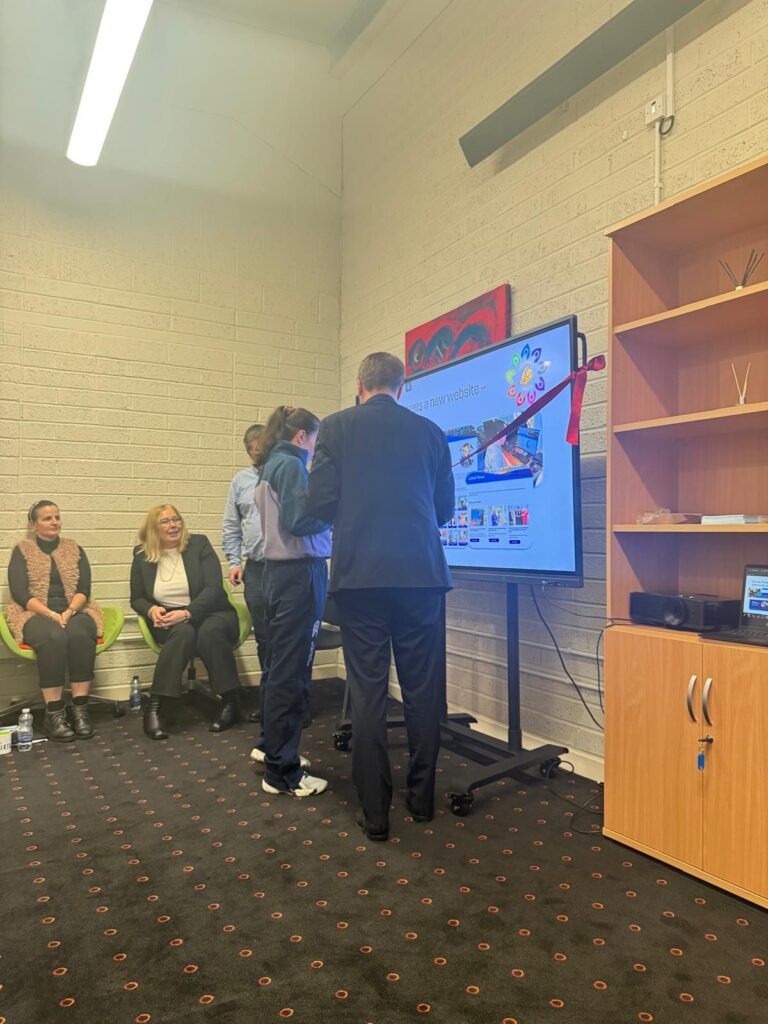
Minister James Browne and a Cumas New Ross representative cut the ribbon to officially launch the CommunitySafe website.
How 2Cubed Supports Inclusive, Community-Minded Web Design
At 2Cubed, inclusive design is more than a checkbox – it’s part of our ethos. When working on community or non-profit web projects, we:
- Advocate for accessibility compliance (e.g. WCAG 2.2) from the start.
- Run audits and make practical recommendations for existing sites.
- Help organisations embed accessibility into their content workflows (guidelines, training, templates).
- Partner with community groups to understand needs, co-create features, and test with real users.
- Build scalable, maintainable platforms so that accessibility features are preserved over time.
If you’re ready to make your website more inclusive and accessible, we’d love to help. Whether your focus is community development, disability support, or online safety, our team can design a site that reflects your values and creates a welcoming digital space for everyone.
